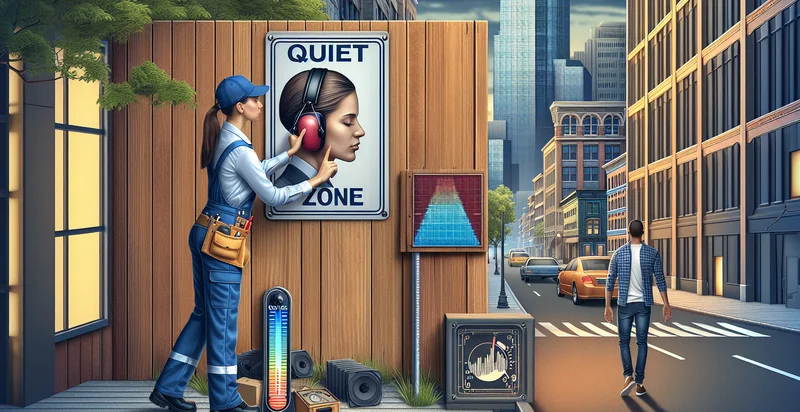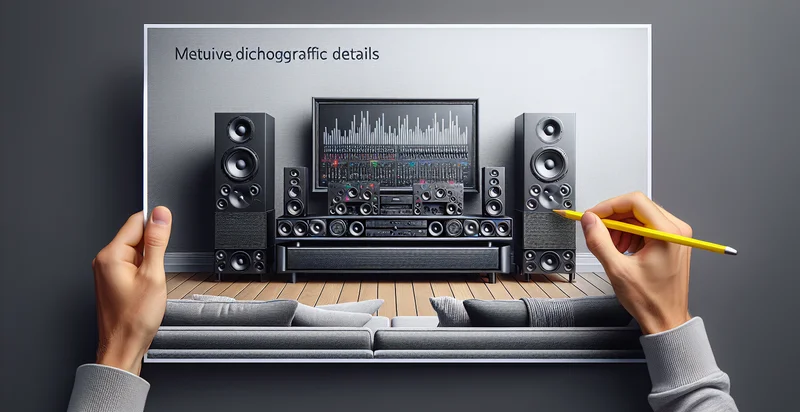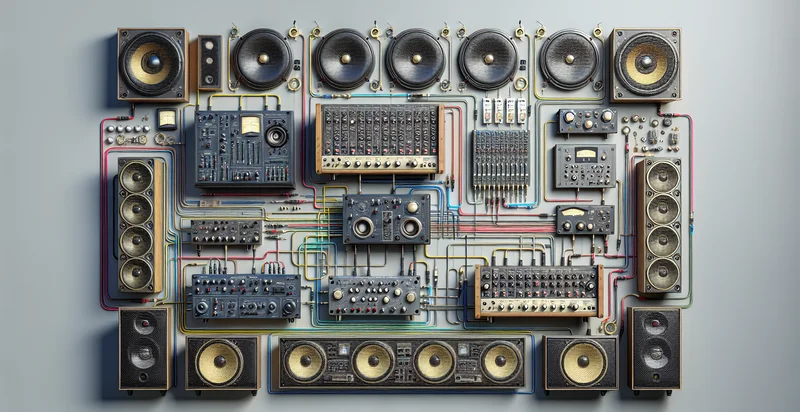Identify sound effect intensity
using AI
Below is a free classifier to identify sound effect intensity. Just upload your image, and our AI will predict the intensity of different sound effects - in just seconds.

Contact us for API access
Or, use Nyckel to build highly-accurate custom classifiers in just minutes. No PhD required.
Get started
import nyckel
credentials = nyckel.Credentials("YOUR_CLIENT_ID", "YOUR_CLIENT_SECRET")
nyckel.invoke("sound-effect-intensity", "your_image_url", credentials)
fetch('https://www.nyckel.com/v1/functions/sound-effect-intensity/invoke', {
method: 'POST',
headers: {
'Authorization': 'Bearer ' + 'YOUR_BEARER_TOKEN',
'Content-Type': 'application/json',
},
body: JSON.stringify(
{"data": "your_image_url"}
)
})
.then(response => response.json())
.then(data => console.log(data));
curl -X POST \
-H "Content-Type: application/json" \
-H "Authorization: Bearer YOUR_BEARER_TOKEN" \
-d '{"data": "your_image_url"}' \
https://www.nyckel.com/v1/functions/sound-effect-intensity/invoke
How this classifier works
To start, upload your image. Our AI tool will then predict the intensity of different sound effects.
This pretrained image model uses a Nyckel-created dataset and has 16 labels, including Disturbing, Faint, Gentle, Heavy, Intense, Light, Loud, Moderate, Negligible and Overwhelming.
We'll also show a confidence score (the higher the number, the more confident the AI model is around the intensity of different sound effects).
Whether you're just curious or building sound effect intensity detection into your application, we hope our classifier proves helpful.
Related Classifiers
Need to identify sound effect intensity at scale?
Get API or Zapier access to this classifier for free. It's perfect for:
- Noise Pollution Monitoring: This use case focuses on the implementation of the sound effect intensity identifier in urban environments to monitor noise pollution levels. By classifying various sound intensities throughout the day, municipalities can effectively identify areas with excessive noise and implement regulations or improvements to enhance community living conditions.
- Smart Home Automation: Integrating the sound effect intensity identifier into smart home systems allows for the automatic adjustment of appliances based on noise levels. For instance, if a loud sound is detected from a television or speaker, the system could prompt changes in lighting or other devices to create a more balanced environment.
- Emergency Response Systems: Emergency services can utilize the sound intensity identification function to prioritize responses to incidents. The system can analyze audio feeds for intensity spikes that indicate emergencies like gunshots, explosions, or major accidents, ensuring quicker and more effective deployment of responders.
- Audio Quality Assessment for Media: In the media production industry, the sound effect intensity identifier can help audio engineers assess the quality of sound recordings. By classifying various sound intensities, producers can identify inconsistent levels and make adjustments to ensure a polished final product.
- Sports Analytics: This function can be utilized to enhance fan engagement at live sports events by analyzing crowd noise levels. By tracking sound intensity, teams can assess crowd responses to key moments in the game, providing insights for marketing strategies and enhancing the overall fan experience.
- Animal Behavior Studies: Researchers studying wildlife can employ the sound effect intensity identifier to analyze animal communication and behavior in their natural habitats. By classifying sound intensities, scientists can gain insights into mating calls, territorial disputes, or distress signals among species.
- Gaming Experience Enhancement: In the gaming industry, the identifier can be used to tailor sound effects based on the intensity of the in-game environment. This allows developers to create immersive experiences where soundscapes adapt dynamically to player actions or events, enhancing overall engagement and realism.


